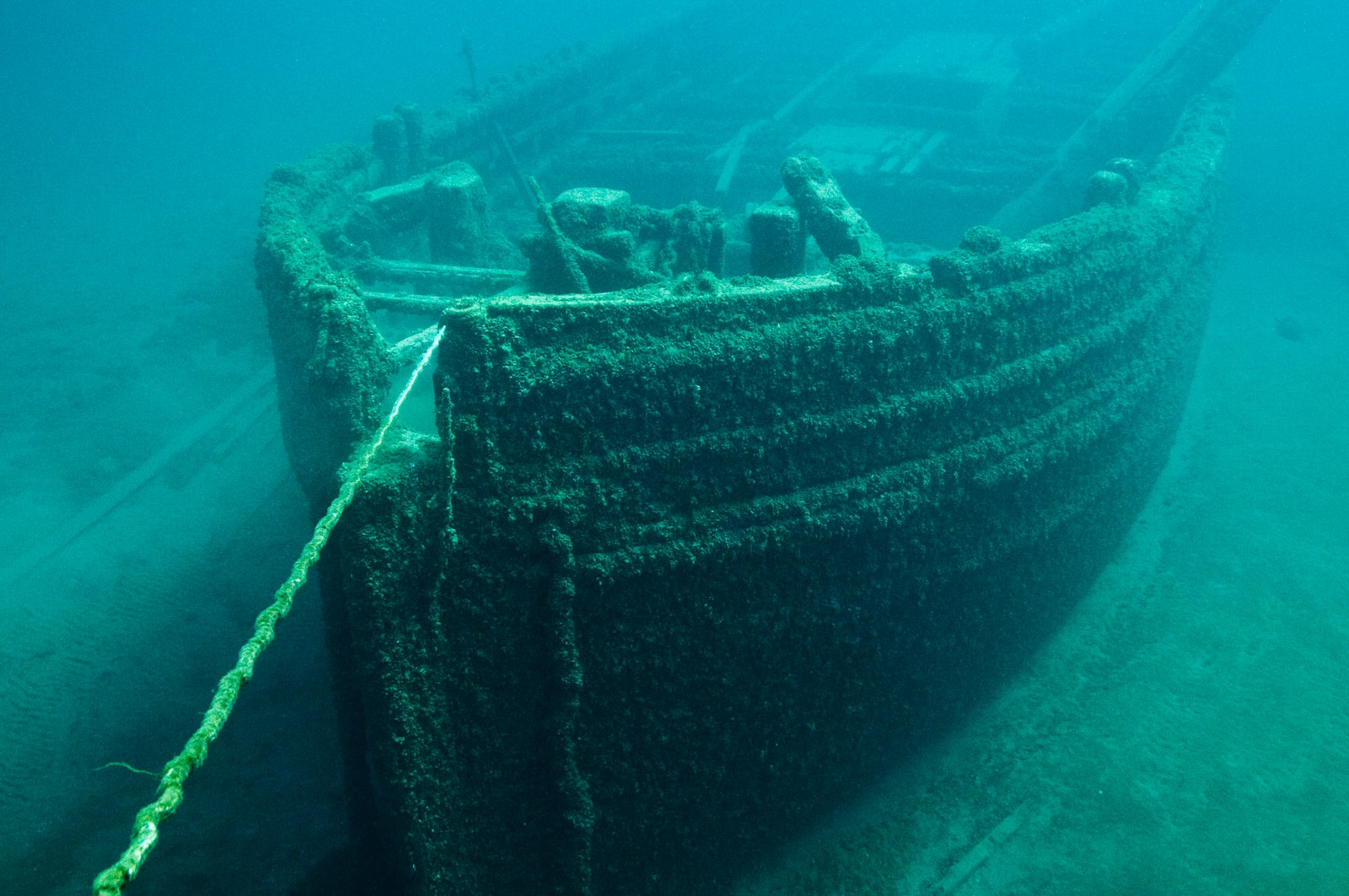Alright, let’s get this straight. We’ve got five business dudes who thought it would be a hoot to drop $250,000 each to get up close and personal with the Titanic wreck. You heard that right. A quarter of a million bucks to see a sunken ship. Now, they’re lost at sea and the world is on the edge of its seat, biting its nails, waiting for news. And don’t get me wrong, I feel for them. I really do. And for their loved ones waiting in agony for any shred of news. It’s a fsitucked up and rather sad situation, no doubt about it.
Meanwhile, hundreds of refugees are drowning in the Mediterranean and it’s like everyone collectively decided to play a giant game of ‘see no evil, hear no evil’. Why? Because they aren’t rich? Because their journey wasn’t some luxury adventure, but a desperate escape from war and poverty?
Here’s the thing. Both these groups of people are (one even literally) in deep shit. But for entirely different reasons. The adventurers are in trouble because they chose to be, because they wanted a thrill, a story to tell. The refugees? They’re in trouble because they had no other choice. Because staying where they were was even more dangerous than the perilous journey they embarked on.
And yet, we’re more invested in the fate of five rich guys who willingly put themselves in danger than in the lives of thousands of people who had no other choice.
So, what can we do? We can start by shifting our attention and compassion to those who need it most. And that’s not the rich adventurers in their luxury submarine, but the thousands of refugees who risk their lives every day in search of a better life.
But hey, who am I kidding? That’s not nearly as exciting as following the saga of five rich guys in a submarine, right?
Before we go any further, let’s clear up one thing. This isn’t about playing the ‘whataboutism’ card. You know, that tactic where you deflect criticism by pointing out flaws in your opponent’s argument? That’s not what I’m doing here.
I’m not saying, “Hey, forget about the rich guys in the submarine, what about the refugees?” No, I’m saying, “Hey, why is there such a disparity in our reactions to these two situations?”
This isn’t about comparing apples and oranges. It’s about examining our collective response to human suffering and questioning why we seem to value some lives more than others.
It’s about recognizing that our empathy shouldn’t be a luxury item, doled out only to those who can afford to embark on daring adventures. It should be a basic human response, extended to all those in need, regardless of their circumstances.
So, no, this isn’t whataboutism. It’s a call to check our biases, broaden our perspectives, and remember that no life is worth more than any other (I’d make very few exceptions, though). But then again, that’s not as catchy as following the saga of five rich guys in a submarine, is it?
Update 23 June 2023
Here we are again. The five thrill-seekers who paid a fortune to visit the Titanic wreck met a tragic end. The world mourns ‘true explorers’ lost to a catastrophic implosion.
When a submersible implodes, it’s a brutal end. The pressure at those depths crushes the vessel into fragments in an instant. The people inside meet the same fate, subjected to the same crushing pressure.
At 3300 meters below the surface, the pressure is approximately 330 times greater than at sea level. This is equivalent to having about 3300 kilograms (or about 3.3 tons) pressing down on each square centimeter of a body or object.
In the first millisecond of an implosion, the hull of the submersible would fail, and water would rush in at an incredibly high speed. The interior of the submersible would go from a habitable environment to a high-pressure water jet in an instant.
By the end of the first second, the body would be subjected to the full pressure of the deep sea. The extreme pressure could cause the body to compress and deform, leading to catastrophic injuries.
That’s a real tragedy that has happened there, but it was a very sudden death that none of them noticed happening. It was a quicker death than being shot in the head with a bullet.
Meanwhile, the refugees’ desperate struggle for survival continues, largely unnoticed. They didn’t choose their danger. They’re not seeking thrills, they’re seeking safety.
Let’s remember: every human life should matter equally. The adventurers, the refugees, all of them. Empathy shouldn’t be a luxury item. It’s a basic human response, and it’s high time we extended it to everyone in need.

